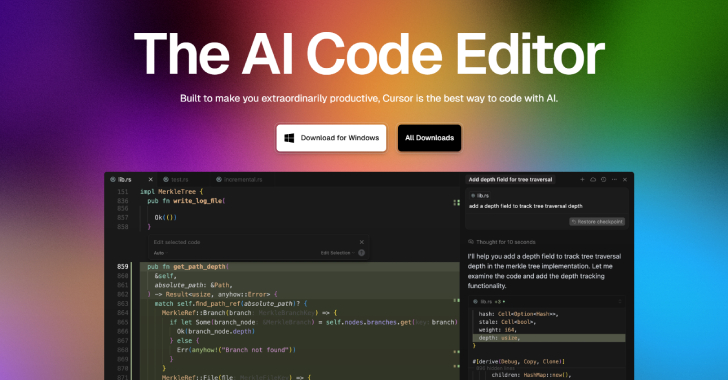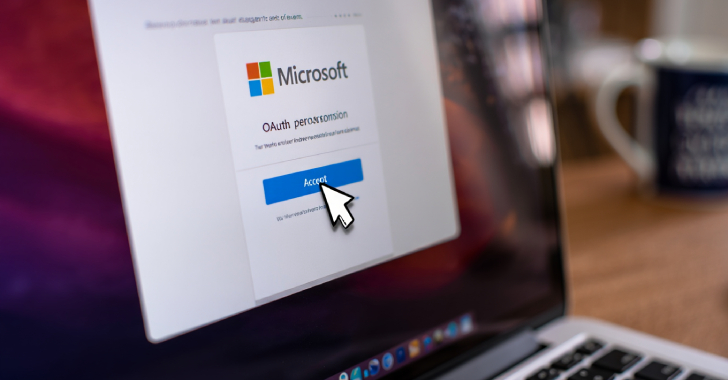
An IT Carveout, Mergers & Acquisitions Checklist
In today’s fast-paced business environment, mergers and acquisitions (M&A) have become a common strategy for companies looking to expand, diversify, or streamline their operations. However, one aspect of M&A that often poses significant challenges is the IT carveout. When a company acquires or divests a business unit, the separation of IT systems and infrastructure can be complex and fraught with risks. To ensure a smooth transition and minimize disruptions, a comprehensive IT carveout checklist is essential. In this article, we will explore the key considerations and steps involved in an IT Carveout during M&A.
- Define Clear Objectives
Before diving into the intricacies of an IT carveout, it’s crucial to define clear objectives. Ask yourself:
What are the strategic goals of the M&A?
What specific IT assets need to be separated or integrated?
What is the desired timeline for completing the IT carveout?
Having a well-defined set of objectives will serve as the foundation for the entire process and help in making informed decisions.
- Conduct Due Diligence
Thorough due diligence is essential in understanding the IT landscape of the business unit being carved out. This step involves:
Identifying all IT assets, including hardware, software, data, and personnel.
Assessing the condition and performance of existing IT systems.
Evaluating existing contracts, licenses, and vendor relationships.
Identifying any legal or regulatory compliance issues related to IT.
The insights gained during due diligence will inform the IT carveout strategy and help in estimating costs and risks accurately.
- Develop an IT Carveout Strategy
Based on the objectives and due diligence findings, formulate a comprehensive IT carveout strategy. Consider the following elements:
Data Migration Plan: Determine how data will be transferred, transformed, and validated during the carveout process. Data integrity is paramount to avoid disruptions.
Infrastructure Separation: Plan for the separation of IT infrastructure, including networks, servers, and data centers, if applicable. Decide whether to migrate, replicate, or decommission resources.
Software and Application Transition: Identify critical applications and software systems. Decide whether to continue, replace, or phase out these systems and ensure compatibility with the acquiring company’s IT environment.
Staffing and Skills: Assess the skills and roles of IT personnel in the business unit being carved out. Decide whether to retain, transfer, or reassign IT staff.
Contract and Vendor Management: Review existing contracts and vendor relationships. Decide whether to renegotiate, terminate, or continue these agreements.
Security and Compliance: Ensure that all security measures and compliance requirements are addressed during the IT carveout, including data privacy regulations and industry-specific standards.
- Establish a Transition Team
Creating a dedicated transition team comprising IT experts, legal advisors, project managers, and key stakeholders is crucial. Assign clear roles and responsibilities to team members and ensure effective communication throughout the process. - Create a Detailed Project Plan
Develop a detailed project plan that outlines the timeline, milestones, and dependencies for the IT carveout. The plan should include the following components:
Task Breakdown: List all tasks required for the carveout, including who is responsible, the start and end dates, and any dependencies.
Resource Allocation: Allocate the necessary resources, including personnel, budget, and technology, to support the project plan.
Risk Management: Identify potential risks and develop mitigation strategies to address them.
Contingency Planning: Prepare for unexpected events or delays by establishing contingency plans and alternative courses of action.
- Data Backup and Migration
Data is the lifeblood of any organization, so a robust data backup and migration plan is essential. This includes:
Data Inventory: Catalog all data assets and classify them based on importance and sensitivity.
Backup Strategy: Implement regular data backups to prevent data loss during migration.
Data Mapping: Map data sources to their target locations in the acquiring company’s systems.
Testing: Conduct thorough testing of data migration processes to ensure data integrity.
- Application and Software Transition
For applications and software systems, consider the following:
Licensing and Ownership: Review software licenses and ownership rights. Ensure compliance with licensing agreements during the transition.
Compatibility: Assess compatibility with the acquiring company’s IT environment. Plan for necessary updates, migrations, or replacements.
User Training: Provide training and support to users who will be using new or modified systems.
- Infrastructure Separation
If the IT carveout involves separating physical infrastructure, consider the following:
Networks: Plan for the disconnection or isolation of networks. Ensure that critical services remain accessible during the transition.
Data Centers: If applicable, migrate or decommission data center facilities, taking into account power, cooling, and security requirements.
Server and Hardware Decommissioning: Properly decommission and dispose of servers and hardware that are no longer needed.
- Communication and Change Management
Effective communication is vital throughout the IT carveout process. Keep all stakeholders informed about progress, changes, and potential disruptions. Implement change management strategies to minimize resistance and ensure a smooth transition. - Testing and Validation
Thoroughly test all IT systems, applications, and data migration processes before the final transition. Verify that everything operates as expected and address any issues promptly. - Legal and Compliance Considerations
Consult with legal experts to ensure that all legal and compliance requirements are met during the IT carveout. This includes:
Contractual Obligations: Review and address any contractual obligations related to IT, including service-level agreements (SLAs) and warranties.
Data Privacy: Comply with data privacy regulations and ensure the secure handling of sensitive data.
Intellectual Property: Address any intellectual property rights and data ownership issues.
- Execution and Monitoring
Execute the IT carveout according to the project plan, closely monitoring progress and addressing any issues as they arise. Maintain open lines of communication with the transition team and stakeholders. - Post-Carveout Support
After the IT carveout is completed, provide post-carveout support to address any residual issues and ensure a smooth transition for users. Evaluate the success of the transition against the defined objectives. - Documentation and Knowledge Transfer
Document all processes, configurations, and changes made during the IT carveout. This documentation is invaluable for future reference and knowledge transfer to the acquiring company’s IT team. - Continuous Improvement
Finally, conduct a post-project review to identify lessons learned and areas for improvement in the IT carveout process. Use this feedback to refine future M&A activities.
In conclusion, an IT carveout during M&A is a complex process that requires careful planning, execution, and monitoring. By following a comprehensive checklist and involving the right experts and stakeholders, organizations can successfully navigate the challenges of separating IT systems and infrastructure while achieving their strategic M&A objectives. With a well-executed IT carveout, companies can ensure a smooth transition and minimize disruptions for both employees and customers, ultimately maximizing the value of the M&A transaction.
Contact Cyber Defense Advisors to learn more about our Technology Careveout, Mergers & Acquisitions solutions.





